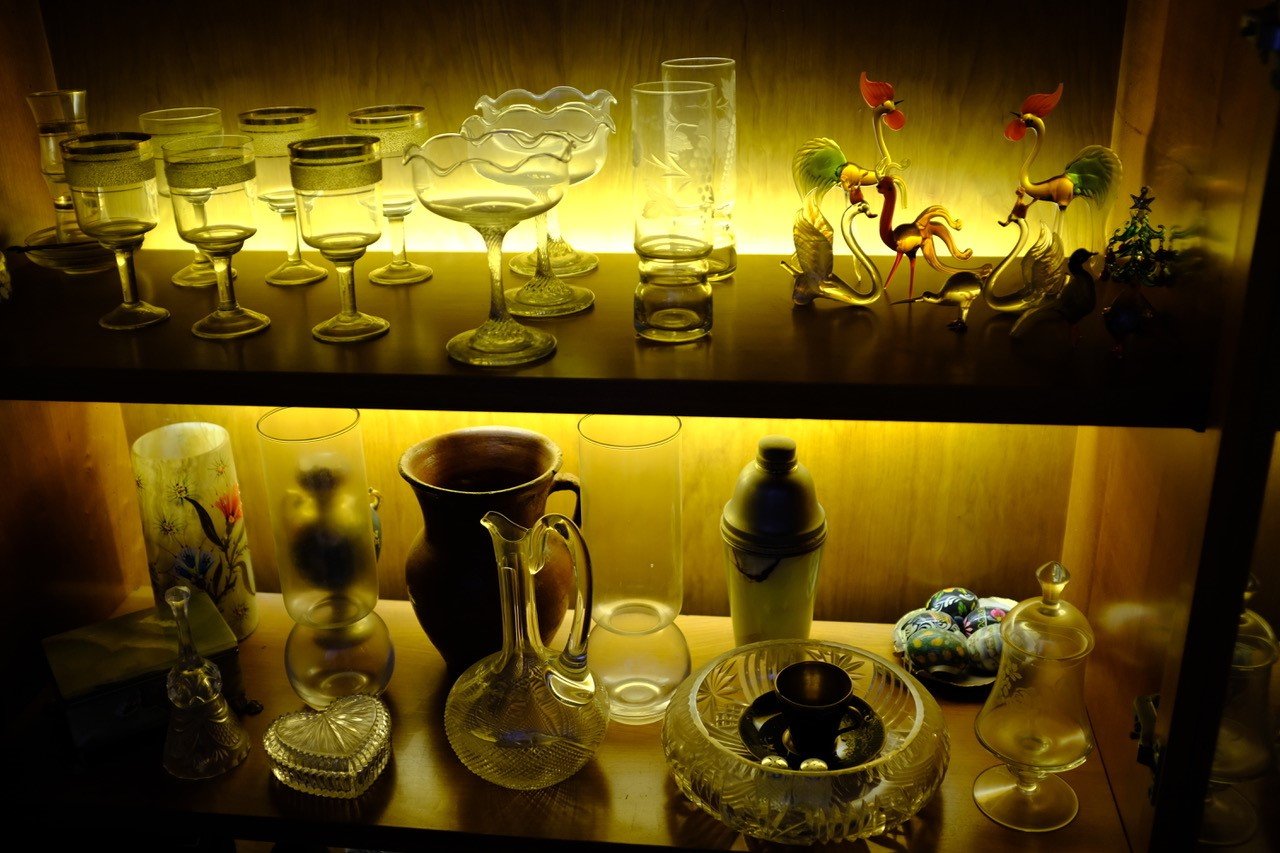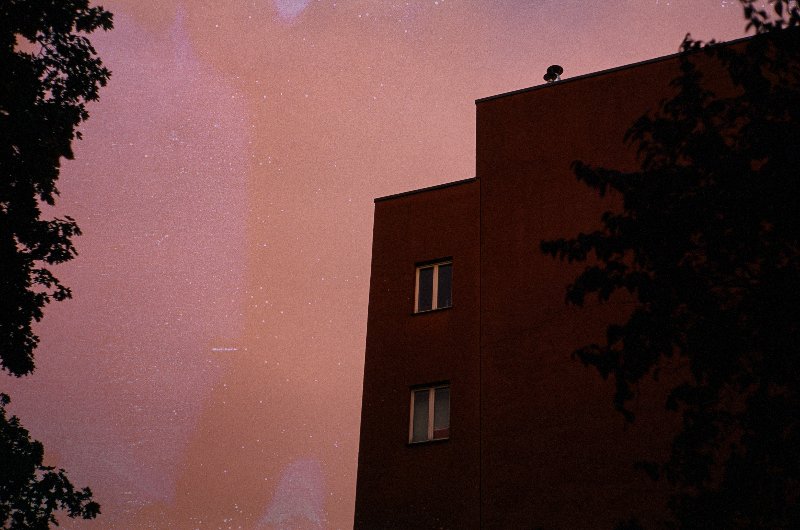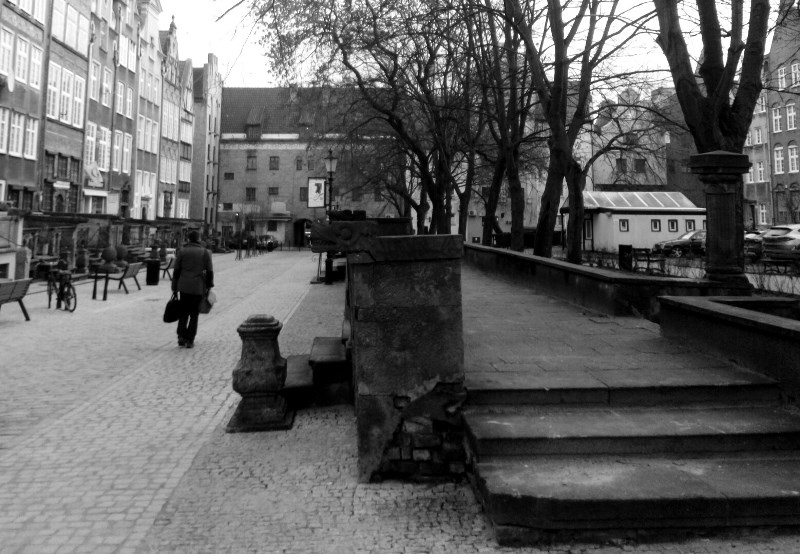Eh-ALL-ing: Finding Poland in London
/Photo by Nina Vlotides
By Emma Bielecki:
Let me take you to a part of London you probably don’t know, and won’t find on any map. It has a physical infrastructure, located in West London, but mainly it exists in people’s minds, and more specifically these days in their memories. It exists in my memory because it’s where I spent slivers of my childhood, taken there by my father, who inhabited it psychologically if not physically, and who would now and then announce on a Saturday morning: ‘Let’s go to Eh-ALL-ing.’
Going to Eh-ALL-ing — or Ealing, as people without Polish accents persisted in pronouncing it — most often meant going in search of foodstuffs then unknown to English supermarkets, with strange, sonorant names: kabanos, myśliwska, krakowska, chleb. Kabanos: a long, thin, leathery sausage hung in horse-shoe shapes behind the counter of the Polish delicatessen; myśliwska: a short, thick, leathery sausage displayed in bunches like bananas; krakowska: a fat cylinder of pork, paler pink on the inside than the others and with bigger white splodges, which comes in a synthetic casing you need to remove.
I remember how my dad would peel the sausage as he ate it, leaning against the kitchen counter with the sausage in one hand and a sharp knife in the other. I would try to imitate the gesture, the confident twist of the wrist, but I always made a mess of it, hacking off big bits of meat along with the casing. There was, though, something thrilling about the process. When I was a child, meals were often a formal and fussy affair: one ate sitting down, at the table, never standing up and never, never, in the street; one minded one’s manners, which meant worrying neurotically about one’s elbows and the correct way to hold the utensils. How liberating to be able to stand at the counter, to peel the casing from a sausage in a gesture that could never be described as either well-mannered or ill mannered, but was simply, perfectly, adequate to the task in hand. To see my father peeling smoked sausage was to see a man completely at ease in the world.
Most often we ate the sausage withchleb and Kremska. A dictionary will tell you that chleb is bread. The dictionary is wrong — or was wrong in the 1980s, when bread was white and spongy when untoasted, but hardly ever untoasted or unbuttered; chleb was darker and harder, with a little aniseed kick from the carraway seeds. Kremska is a Polish mustard, and was a source of endless frustration and disappointment for my father. No jar of Kremska bought in London ever tasted right, which is to say no jar of Kremska ever tasted like it had back home.
My father chalked this up to geographical displacement: in Poland, surely, Kremska still tasted like Kremska? He was wrong, of course, because it wasn’t physical distance that had wrought this change, but time. Kremska in Poland no longer tasted like Kremska either, that is to say no longer tasted like it had when my father was a boy.
Nowadays, all these products are widely available. You can get Polish sausage and Polish bread and Polish mustard in pretty much any supermarket in England. Along with Polish foodstuffs, the Polish language has become ubiquitous. I’m writing this in a café and I can hear Polish in stereo — a conversation between two young men in one corner, between two young women in another. I think of pierogi, those little dumplings stuffed with all sorts of things. I like mine z kapustą i grzybami, with cabbage and mushrooms. When I hear Polish in the background, wherever I am, on the bus or the tube or in a supermarket queue, phantom pierogi always haunts my palate, the bassline rumble of affricate consonants like the deep umami taste of mushroom, the nasal vowels like the sharp acid burst of sauerkraut.
Sometimes, when we went to Eh-ALL-ing it was not to buy food but to visit friends of my father. In general, this was not an experience I enjoyed. My father’s friends seemed much older than him (they weren’t, but in his 60s he had married a much younger woman and had kids for the first time, creating an illusion of relative youthfulness) and much more old-fashioned. They lived in tudorette semis furnished with tasselled lamps and Roman Catholic wall art, smelling of herring and talc.
As a small child I slightly dreaded venturing into such houses; as an adolescent, I sneered at their decor. It was only as an adult, at funerals, that I learnt about what had brought their inhabitants to Ealing in the first place. About Zula Stankiewicz, who spent her childhood in Dachau; about Andrzej Plichta, who had five older brothers, all killed at Katyń; about Halina Kwiatkowska, who lived for six years in the sewers under Warsaw; about Olga Rymaszewska, who joined the resistance at 17, was captured and tortured and sentenced to death, but who survived because, for some unknown reason — maybe she reminded him of his sweetheart back home? maybe it was his mother’s birthday? — the German officer supposed to shoot her let her escape. Now I regret every time I wriggled away from a bosomy hug, or rolled an eye at a tasselled lamp, or imitated an accent for a cheap laugh. Now I marvel at the how the heroic made a home in the most humdrum of English suburbs.
What I learnt from my father and his friends is that nothing is fixed: you can always rebuild a life, even on a heap of rubble and ash. The reverse is also true though — a life can collapse into a heap of rubble with very little warning, can go up in flames in the blink of an eye. The town my father was born in was in the east of Poland. When the Soviets invaded in 1939, he was sent with his mother and grandmother to a labour camp in Siberia. Now the town he is from is in Ukraine, and women and children are being deported once more.
***
Emma Bielecki lives and works in London, where she teaches and researches nineteenth-century French literature. In addition to authoring articles on Balzac, Belle Époque detective serials, and radioactivity in the popular novel, she sporadically enjoys writing about other things that interest her, such as Bob Dylan, pet cemeteries and the history of Poles in London.


























